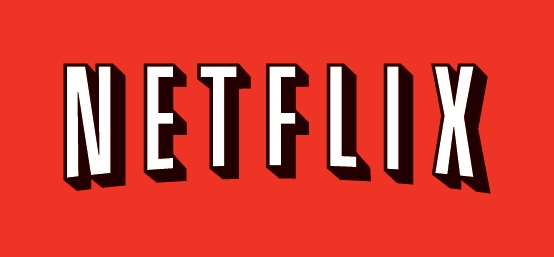Last summer, Netflix announced that it was taking content delivery into its own hands, with an ambitious plan to offload CDN costs by connecting with ISP networks that its users were viewing its videos from. The initiative, dubbed Netflix Open Connect, was aimed at getting ISPs to peer directly with the streaming service. It does so by putting Netflix Open Connect appliances in ISP networks — effectively working as local caches, which reduces peering traffic and network overhead.
The goal was to drastically reduce the content delivery costs associated with delivering videos across the Internet, while also providing a better quality of experience to users, thanks to more direct connection between the source and the last-mile networks that the data traveled over. But it’s not just Netflix that benefitted. The idea was that by peering directly, it was a win-win-win for all involved — Netflix paid less for CDN delivery, users got a better quality of video, and ISPs would have less overall network overhead as videos were delivered and cached locally.
And it appears that the idea is catching on with some network providers. Netflix is announcing today that Cablevision has deployed the Open Connect solution, along with several other international ISPs. In addition to the U.S. cable provider, Virgin Media, British Telecom, Telmex, Telus, TDC, GVT, and others have adopted Open Connect. As a result, Netflix claims that the vast majority of video delivered in Europe, Canada, and Latin America is done through its own CDN offering, rather than through a third party.
It’s also a “growing proportion” of U.S. traffic, where Netflix has more than 25 million subscribers — and where the vast majority of its streaming traffic and revenue comes from.
To entice more ISPs to come on board, Netflix is adding more features — namely the ability to offload ever-larger video files. That includes Netflix “Super HD” content, which will produce a better picture quality than is currently available for streaming on 1080p HDTVs. It also includes 3D titles, which (generally) use up double the bandwidth for the same video length. Netflix has a limited number of 3D titles, including action fantasy drama “Immortals,” Red Bull Media snowboarding documentary “The Art of Flight,” and some movies and TV series from Sony/Discovery/IMAX venture 3net Studios.
Ultimately, the adoption of Open Connect should mean a better experience for Netflix users, including better streaming and higher-quality video files being delivered. While it’s gotten good adoption in new international markets, where it’s not as prominent, it’ll be interesting to see how the product fares domestically. That’s because many ISPs here are also pay TV providers which could be seen as competing with its streaming subscription video service.
As we see the launch of more services like AT&T Screen Pack, Comcast Xfinity’s Streampix, or Dish’s Blockbuster Movie Pass, there will likely be more scrutiny over how they interact with streaming services like Netflix. There’s no real imperative to deploy Open Connect, but at the same time, there’s no real reason not to. Right?
